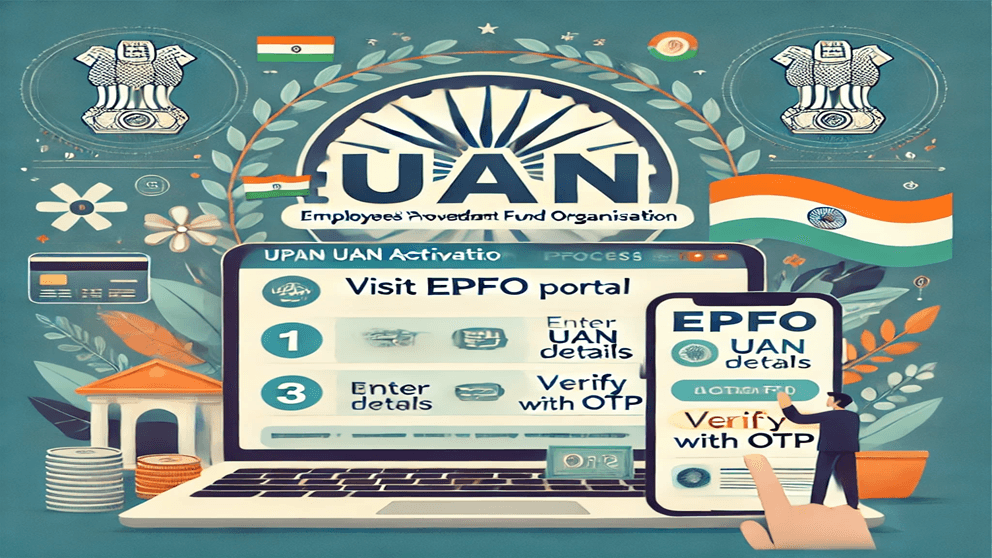
Starbucks, the Seattle-based coffeehouse chain, is renowned not only for its quality coffee but also for its strategic approach to global expansion and maintaining a consistent brand experience worldwide. This case study explores the strategies Starbucks has employed to become a global leader in the coffee industry and offers insights that can be applied across various business sectors.
Background
Starbucks was founded in 1971 as a single store in Seattle’s Pike Place Market. As of today, it operates in over 80 countries with thousands of stores, serving millions of customers daily.
Strategic Global Expansion
- Localized Menu Offerings: While maintaining its core offerings, Starbucks adapts its menu to suit local tastes. In India, for instance, Starbucks includes masala chai tea, a popular local drink. This strategy of localization has helped Starbucks succeed in diverse markets globally.
- Strategic Store Locations: Starbucks places a strong emphasis on selecting prime locations for new stores, such as high-traffic and high-visibility areas in both urban and suburban regions. This visibility strategy has been key in attracting a steady stream of customers.
Brand Consistency
- Training and Culture: Starbucks invests heavily in training its employees, who are encouraged to interact with customers and personalize their service. This consistent customer service experience is a cornerstone of Starbucks’ brand strategy.
- Store Design Uniformity: Despite local adaptations, the basic layout and design of Starbucks stores are consistent worldwide, featuring comfortable seating, ambient music, and free Wi-Fi. This consistency ensures that customers enjoy a familiar experience at any Starbucks globally.
Innovative Marketing
- Digital Engagement: Starbucks has been at the forefront of using digital platforms to engage with customers, particularly through its mobile app. The app integrates payment systems and loyalty programs, making it easy for customers to make purchases and receive personalized offers.
- Sustainability Practices: Starbucks places a strong emphasis on sustainability, which resonates well with modern consumers. Its initiatives include ethical sourcing of coffee, aiming for resource-positive operations, and offering reusable cup programs.
Impact and Lessons Learned
- Customer Loyalty: By creating a consistent, high-quality customer experience and engaging customers through innovative loyalty programs, Starbucks has built a strong brand loyalty that drives repeat business.
- Adaptability: The company’s ability to adapt to different cultural contexts and local market needs has been crucial in its successful global expansion.
- Sustainability Commitment: Starbucks’ commitment to sustainability has not only improved its corporate image but also attracted customers who prioritize environmental consciousness.
Conclusion
Starbucks’ journey from a small Seattle coffee shop to a dominant global player offers numerous lessons in strategic expansion, brand consistency, and adaptability. Businesses looking to expand globally can learn from Starbucks’ approach to market research, local adaptation, and maintaining a consistent brand experience.







